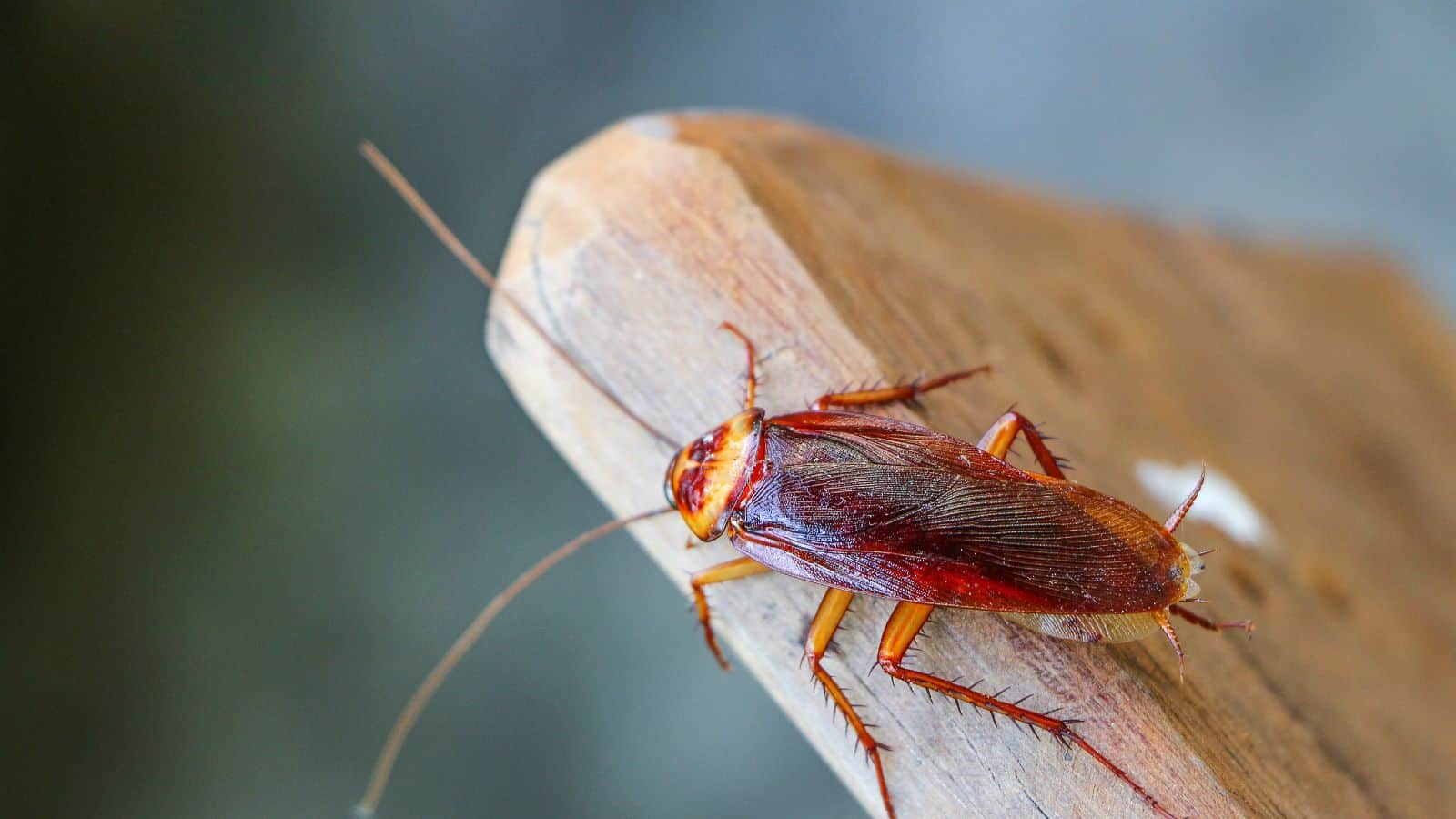Long before humans made their appearance on the planet, many animals had already been roaming the Earth for millions of years. Some of these creatures have witnessed the rise and fall of countless species, including the dinosaurs, and have managed to survive through dramatic shifts in the planet’s history. This article takes a closer look at animals that have been around far longer than humans, showcasing their incredible resilience and longevity.
Nautilus

The nautilus is among the oldest surviving species in the world, dating back to around 500 million years ago. Its distinctive striped shell has remained largely unchanged, serving as an effective defense mechanism against predators.
Tuatara

Native to New Zealand, the tuatara has survived for over 225 million years. Despite their close resemblance to lizards, they are part of a distinct lineage, the Rhynchocephalia. New Zealand’s Department of Conservation notes they “have one of the slowest growth rates of any reptile” and will grow until they are 35.
Lungfish

Lungfish have existed for about 400 million years and have a unique ability to breathe air using their lungs and gills. They are famous for their ability to survive in dried-out mud for years while waiting for water to return, and their genome is one of the largest of any animal.
Sea Sponges

Sea sponges are thought to have existed for over 600 million years, making them one of the earliest forms of life. They play a vital role in filtering water, collecting bacteria, and processing carbon, nitrogen, and phosphorus.
Cockroaches

Cockroaches have been scurrying around for over 300 million years and are infamous for their incredible survival capabilities, including resistance to radiation six to 15 times that of humans. Their strong exoskeletons allow them to survive compression forces over 900 times their body weight, making them a tricky pest to remove.
Sharks

Sharks date back over 400 million years, with an evolutionary history longer than that of trees. The New Scientist notes they have survived the last four big extinction events, and they “possess some unusual qualities that allow them to be super-adaptable in the face of change.”
Sturgeon

Sturgeons, which date back to approximately 200 million years, have prehistoric origins and are renowned for producing caviar, a highly prized delicacy. Their average lifespan is 50–60 years, but some individuals have lived for over 100 years.
Velvet Worms

These ancient creatures have existed for over 500 million years and are known for their unique hunting method utilizing slime. Velvet worms have remained relatively unchanged during this period, providing insights into the early evolution of arthropods.
Mosses

Mosses are one of the earliest land plants. The Conversation explains that they “evolved more than 400 million years ago” and share characteristics with the earliest land plants, including “their small size and lack of true roots.”
Ferns

Ferns in the fossil record date back 360 million years, predating flowering plants. Ferns were dominant during the Carboniferous period, contributing to coal formation and natural gas deposits. They died in anoxic swamps.
Horseshoe Worms

These marine animals are known for their distinct horseshoe-shaped heads and have existed for over 500 million years. Britannica says they “have been associated with every animal phylum” since their discovery in 1846, but their relationship “to other animals remains controversial.”
Tardigrades (Water Bears)

These micro-animals are known to survive the most extreme conditions, from the deep seas to outer space. They have been around for over 520 million years and are known for their ability to enter a cryptobiotic state, pausing their metabolism in response to adverse conditions.
Coelacanths

This ancient fish was believed to have gone extinct 66 million years ago but was discovered alive in 1938 off the coast of South Africa. The Natural History Museum notes that fossils of this ancient fish have been discovered that are 466 million years old and that they can live for 100 years.
Jellyfish

These marine animals have existed for at least 500 million years, possibly making them the oldest multi-organ animal group on Earth. Jellyfish play a crucial role in marine food chains worldwide, and their asexual reproduction can lead to rapid population increases under favorable conditions.
Horseshoe Crabs

Despite their names, these animals aren’t crabs. They are more closely related to arachnids, including spiders, and their blood is valuable in medical research, particularly for detecting bacterial toxins. The Florida Fish and Wildlife Conservation Commission explains they are “living fossils” that have “existed nearly unchanged for at least 445 million years, well before even dinosaurs existed.”
Crocodiles

The ancestors of modern crocodiles date back to the time of the dinosaurs, around 200 million years ago. Modern crocodiles haven’t changed much over the last 85 million years, but their ancestors were varied, with plant eaters, ocean predators, and burrowers among the lineage.
Ginkgo Biloba

This endangered tree species is regarded as a living fossil and has remained unchanged for over 250 million years. It has survived major extinction events and now exists mainly in cultivated settings. Some value it for its medicinal properties, which are believed to improve memory.

